The Origins of Chess
The game of chess is believed to have originated in India, during the Gupta Empire around the 6th century AD. Known initially as 'Chaturanga', it was played on an 8x8 grid, much like the modern chessboard. However, unlike contemporary chess, the early pieces were not as sophisticated or artistically crafted as those we see today. They were primarily simple, abstract shapes, which were often symbolic rather than representational.
The Spread to Persia and Evolution into Shatranj
As the game spread to Persia, it became known as 'Shatranj'. The pieces in Shatranj began to take on a more defined form compared to their rudimentary Indian counterparts. The Persian sets were often made from simple carved wood or stone, reflecting the Islamic prohibition against creating representations of living beings. This led to the stylization that is distinctive in historic Islamic chess sets, where pieces were often cylindrical or angular shapes topped with abstract, non-figurative symbols.
Arrival in Europe and the Influence of Western Craftsmanship
Chess made its way to Europe through the Moorish invasion of Spain in the 10th century. The European versions of chess, or 'Ferses', saw considerable transformation in the design of the chess pieces. By the Middle Ages, craftsmen began to carve pieces that bore a semblance to social figures of the feudal system. Notably, the 'Staunton' chess set, designed by Nathaniel Cook and endorsed by Howard Staunton in 1849, revolutionized chess piece design with its distinctive carved figures and remains the standard in competition chess sets.
The Influence of Materials and Technology
The materials used in chess sets have varied widely throughout history, influenced by availability, culture, and technology. Early Indian and Persian chess sets were typically wooden or stone, while European sets from the Middle Ages onward often featured bone, ivory, or precious metals, reflecting the craftsmanship and artistic expression of the era.
With the industrial revolution and advent of plastics in the 20th century, chess set production became more widespread and affordable. This democratization of chess allowed people from all walks of life to enjoy the game, which had previously been a pastime for the affluent. Modern chess sets range in style from minimalistic and functional to highly ornate collector’s items, made from materials including plastic, glass, and even electronic sets with digital interfaces.
Artistic and Cultural Expressions through Chess Sets
Throughout history, chess sets often reflected the cultural and artistic contexts of their times. For instance, the Lewis Chessmen, discovered in Scotland and dating back to the 12th century, are intricately carved walrus ivory pieces representing kings, queens, bishops, knights, and pawns in distinct medieval attire. These pieces not only serve as a functional gaming tool but also as a window into the cultural aesthetics of the Norse and Scottish regions during that period.
In the modern era, artists like Man Ray, Salvador Dalí, and even Damien Hirst have created their versions of chess sets, transforming this combative game into a narrative on artistic philosophy, political commentary, or cultural critique. These sets often use unconventional materials and forms, blurring the lines between functional gaming equipment and art sculpture.
The Role of Chess Sets in Global Interaction and Digital Transformation
As the game of chess evolved, so did the design and purpose of its sets, mirroring the game's global reach and intellectual significance. The 20th and 21st centuries have observed not only innovations in materials and production but also the advent of virtual and online chess games. These digital platforms require no physical boards or pieces yet continue to simulate traditional chess experiences closely.
This transformation is particularly evident in the design of electronic chess boards that connect to the internet, allowing for international play across continents. As physical and digital gaming realms converge, chess sets continue to embody a rich tradition while catering to evolving technological needs and preferences of diverse global audiences.
Conclusion
The chess set has undergone remarkable transformations from its inception in ancient India to its current status as a global game enjoyed in both traditional and modern formats. Each piece and set carries a historic and artistic significance, reflecting the economic, cultural, and technological contexts of its era. As we continue to innovate and adapt the game of chess, the evolution of its corresponding chess sets stands as a testament to human creativity and our enduring fascination with this strategic game.


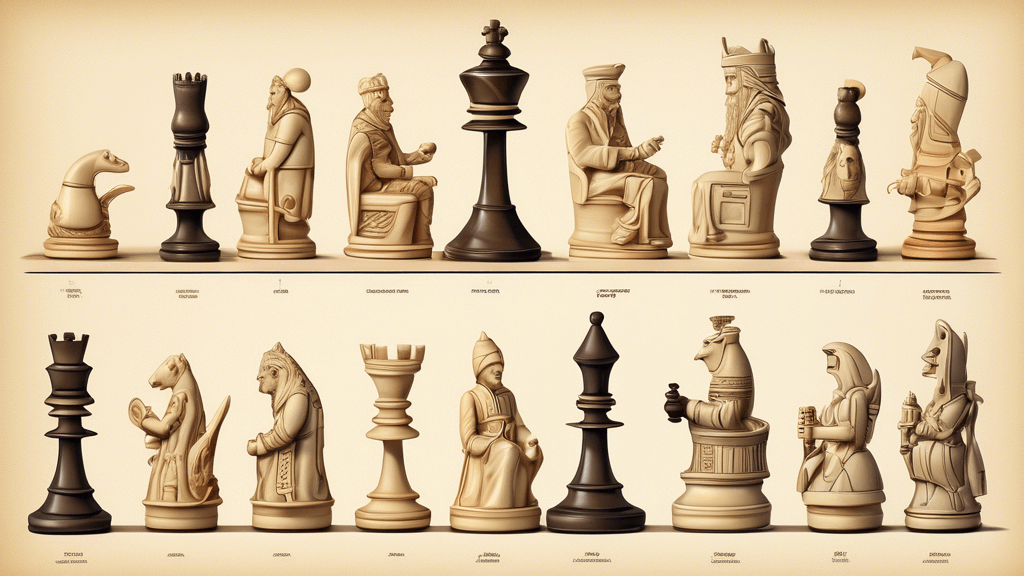
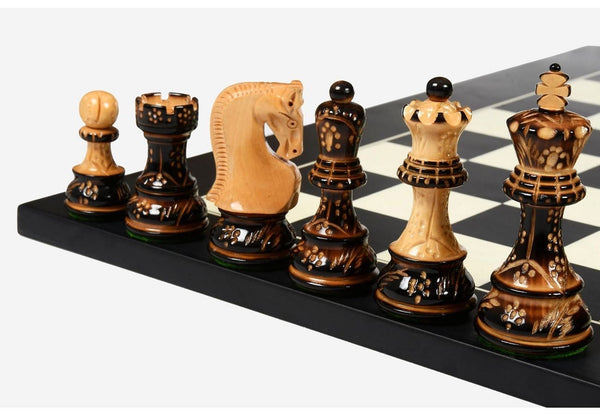
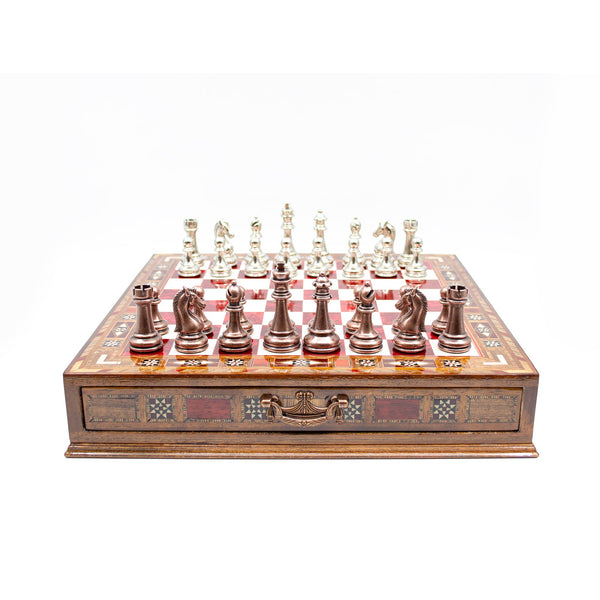
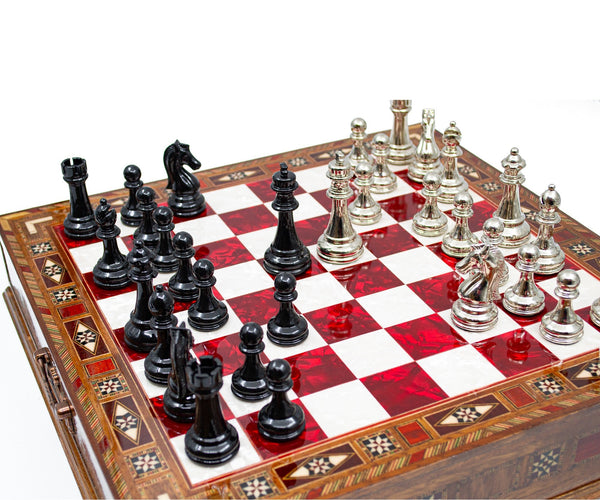
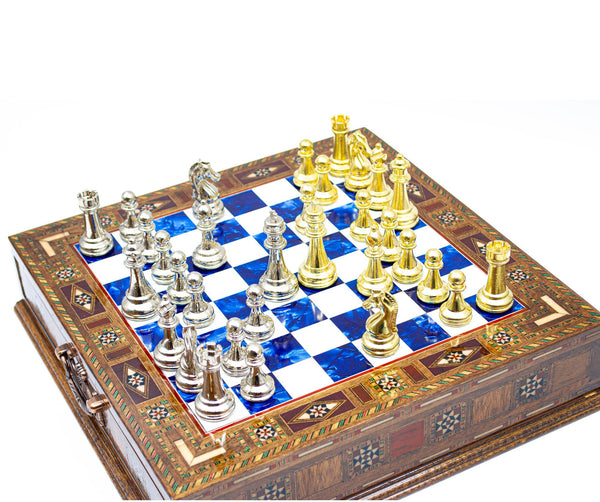
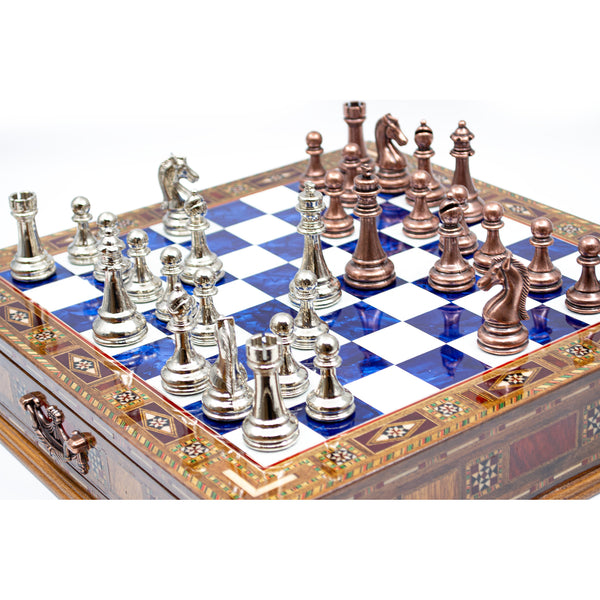
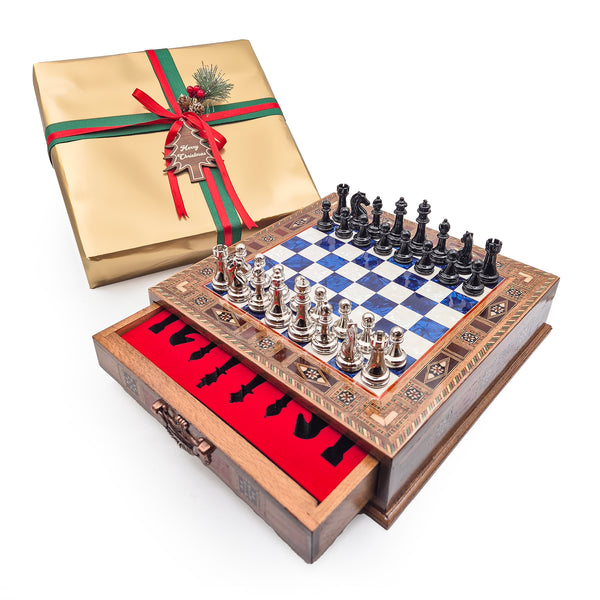







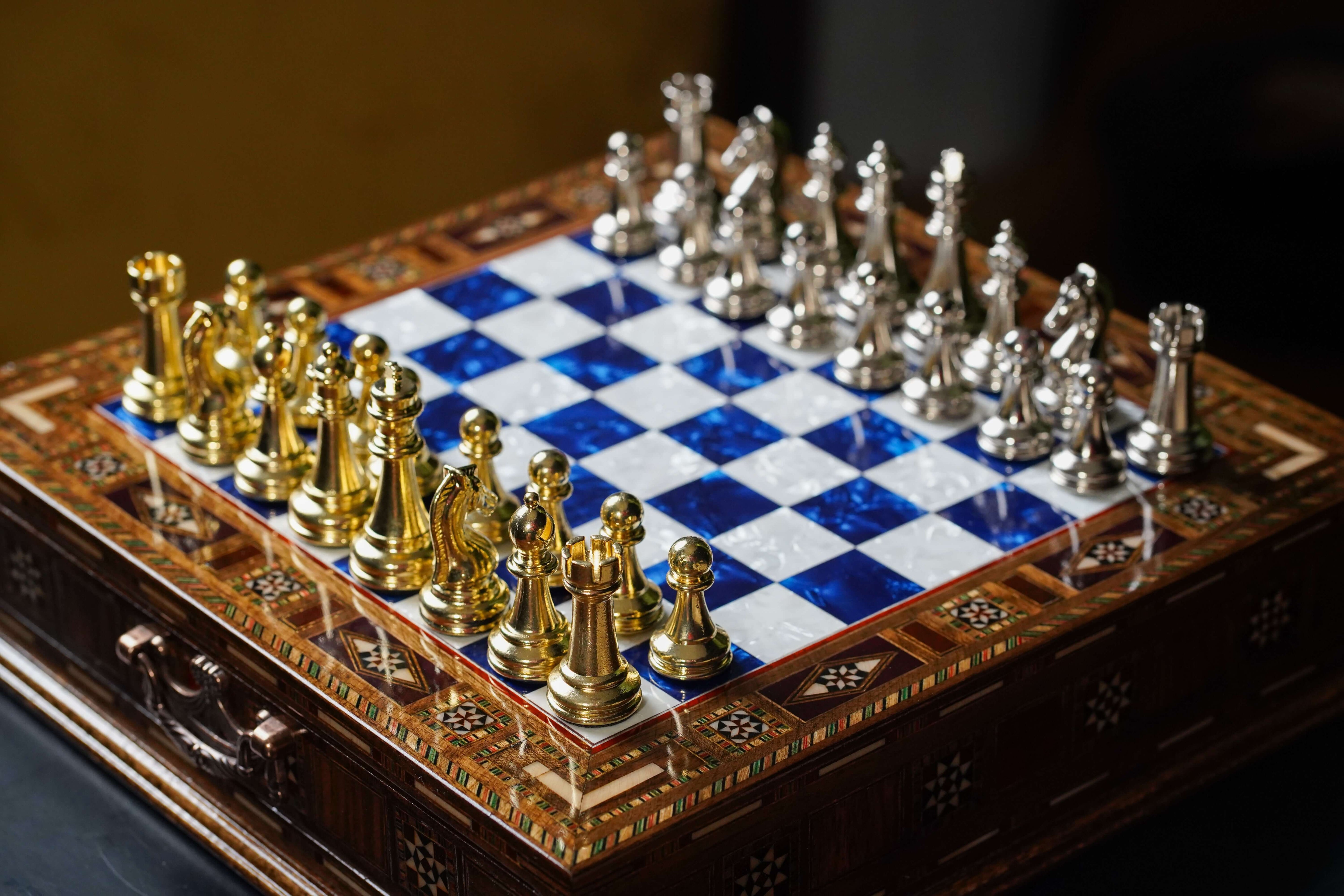
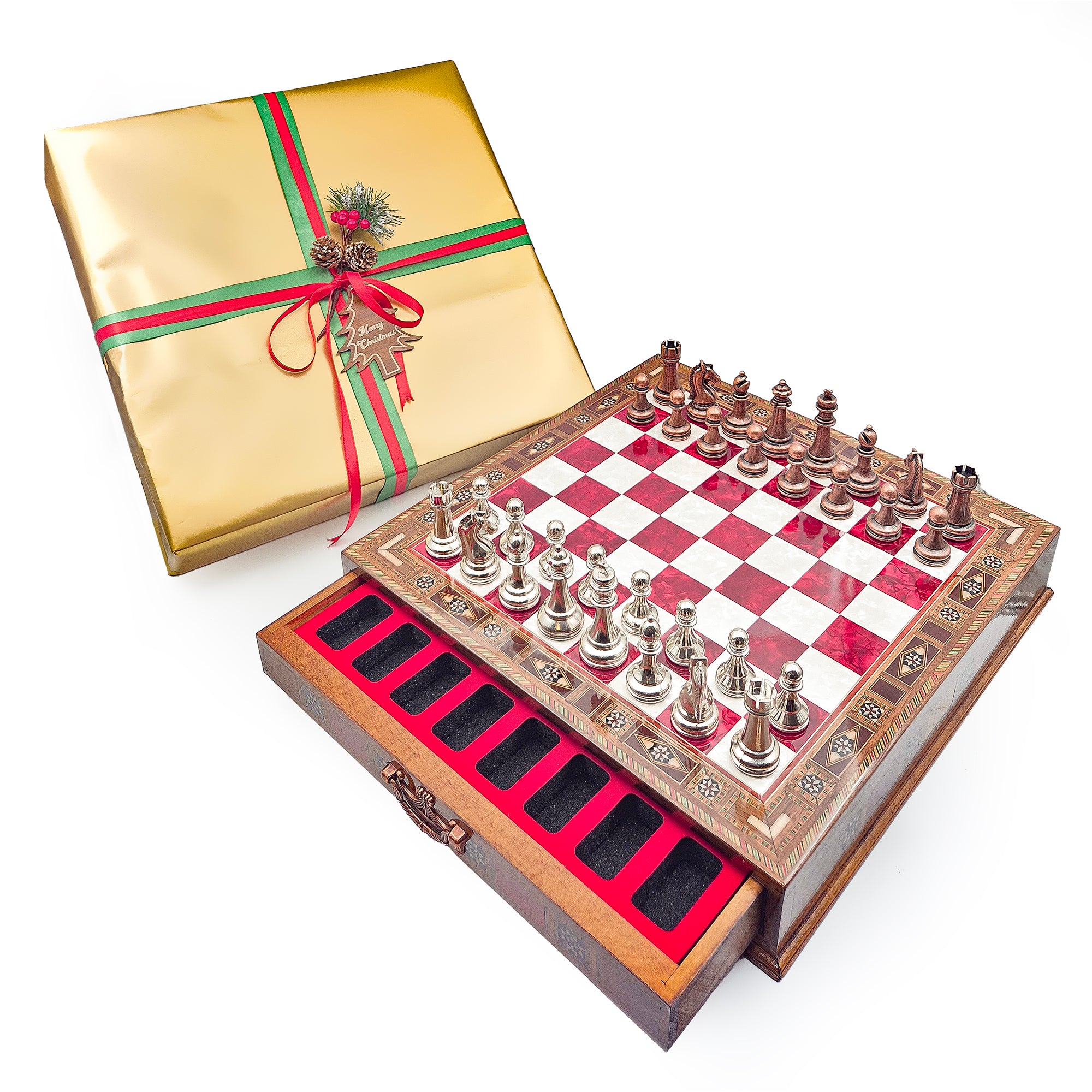
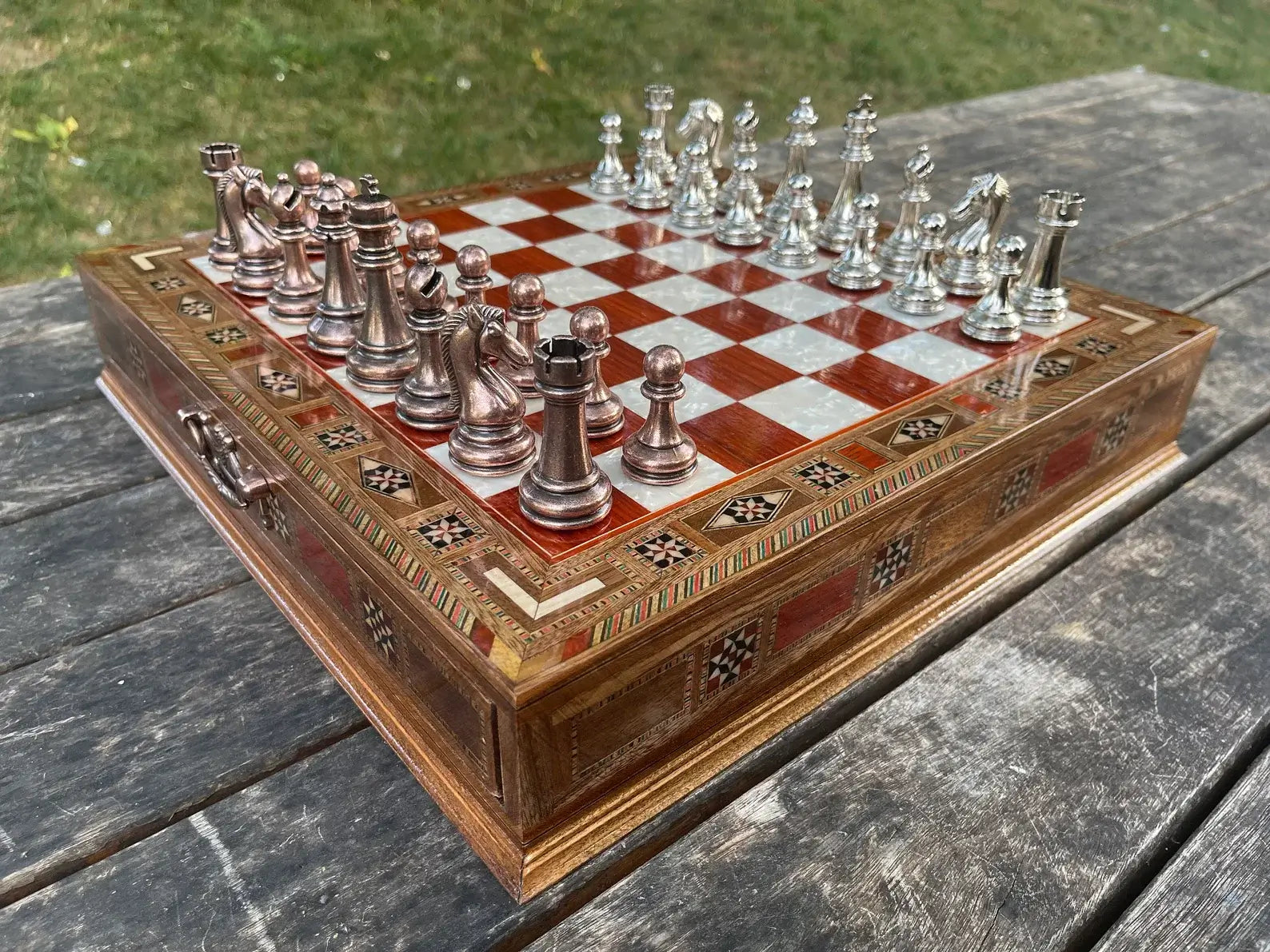
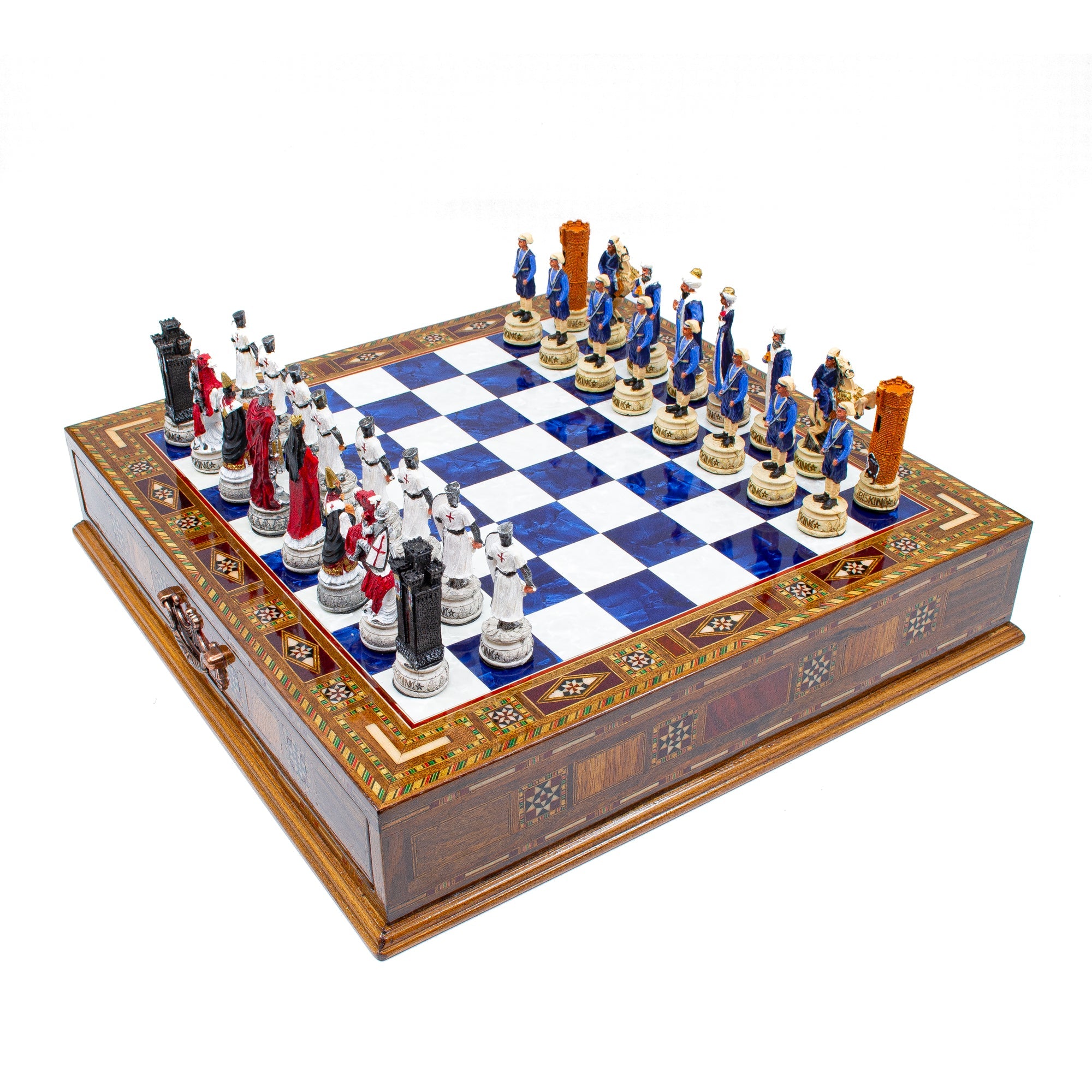
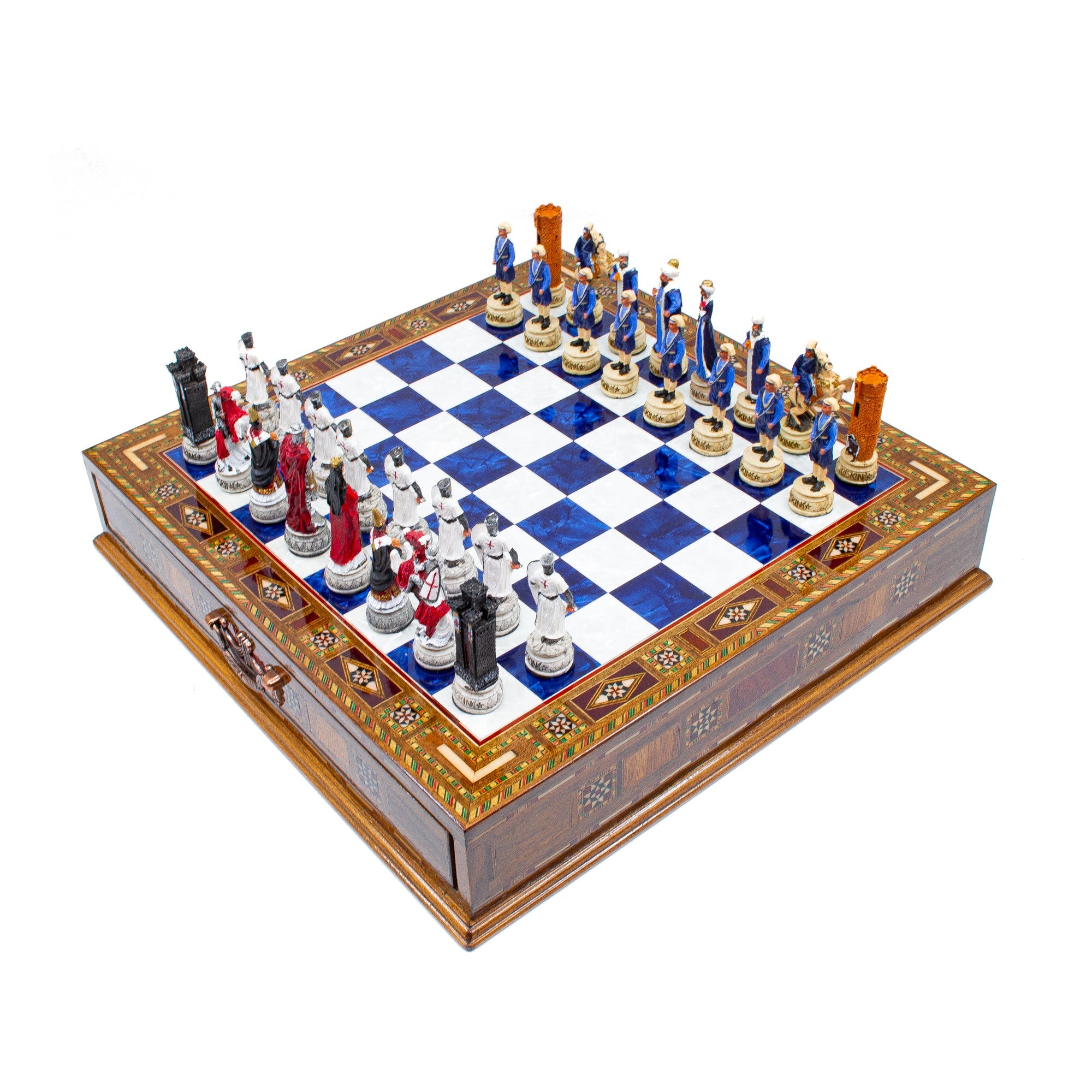
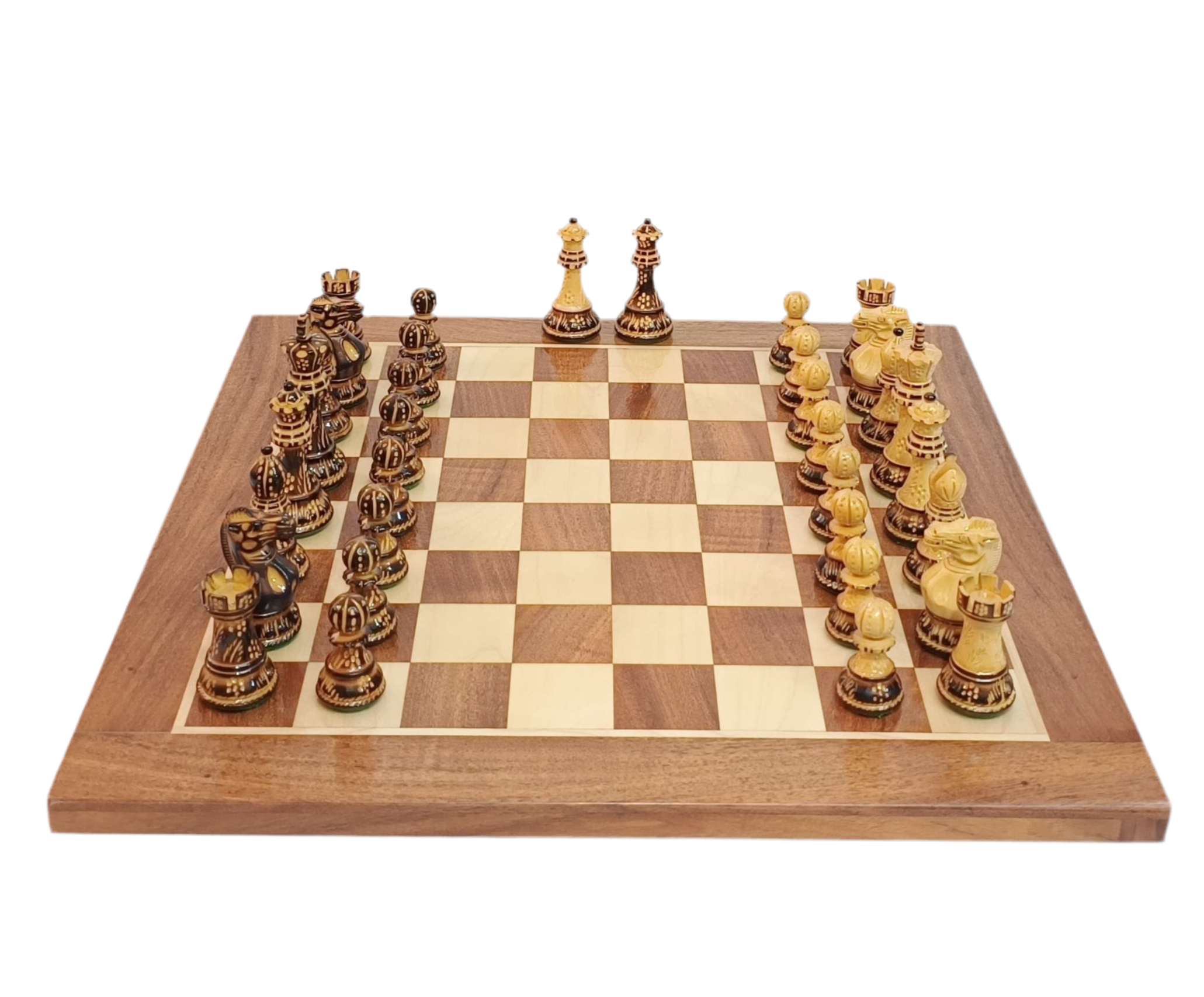
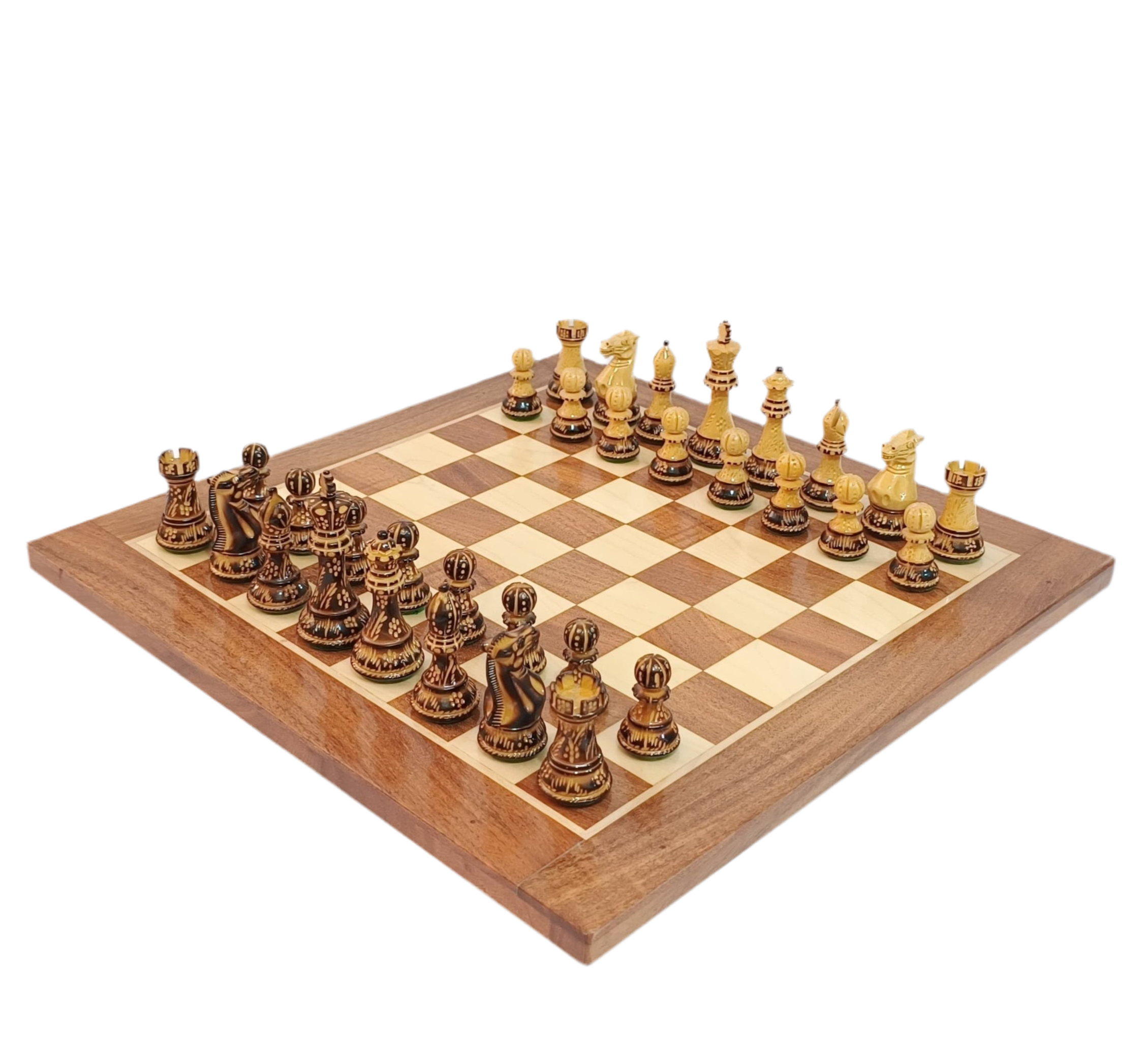
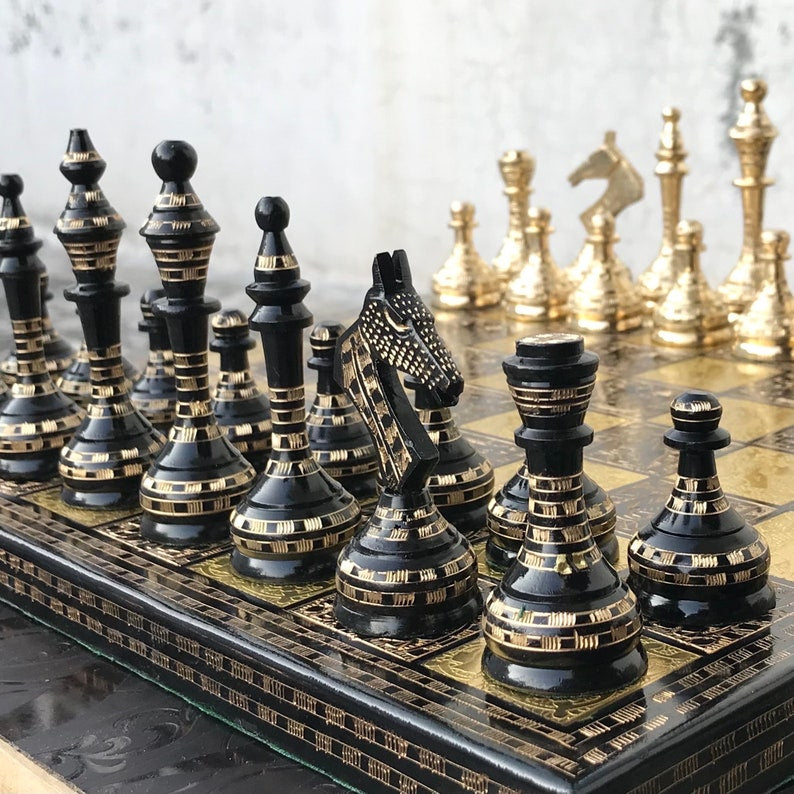
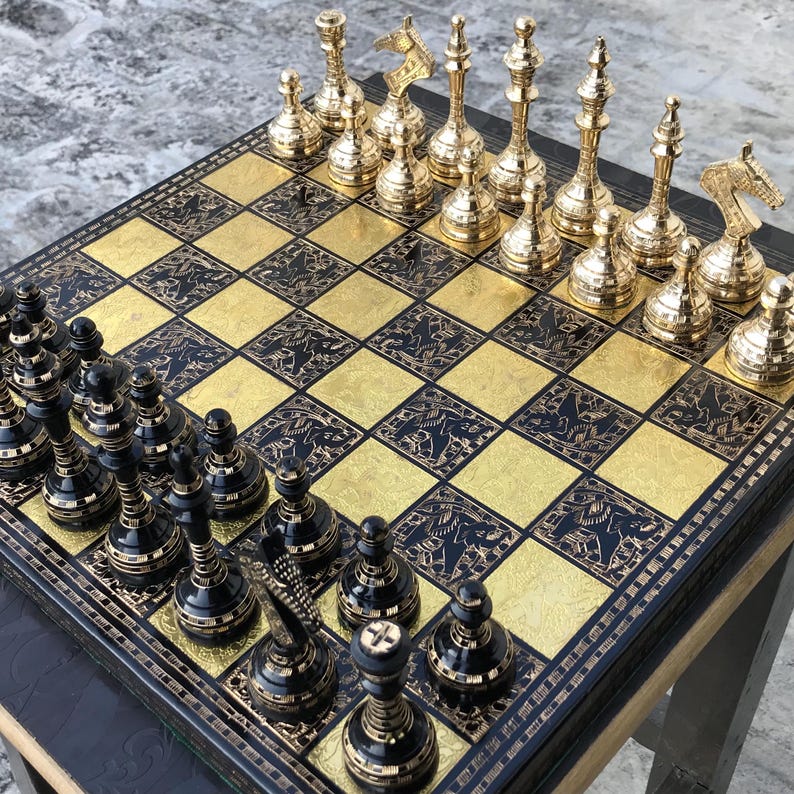
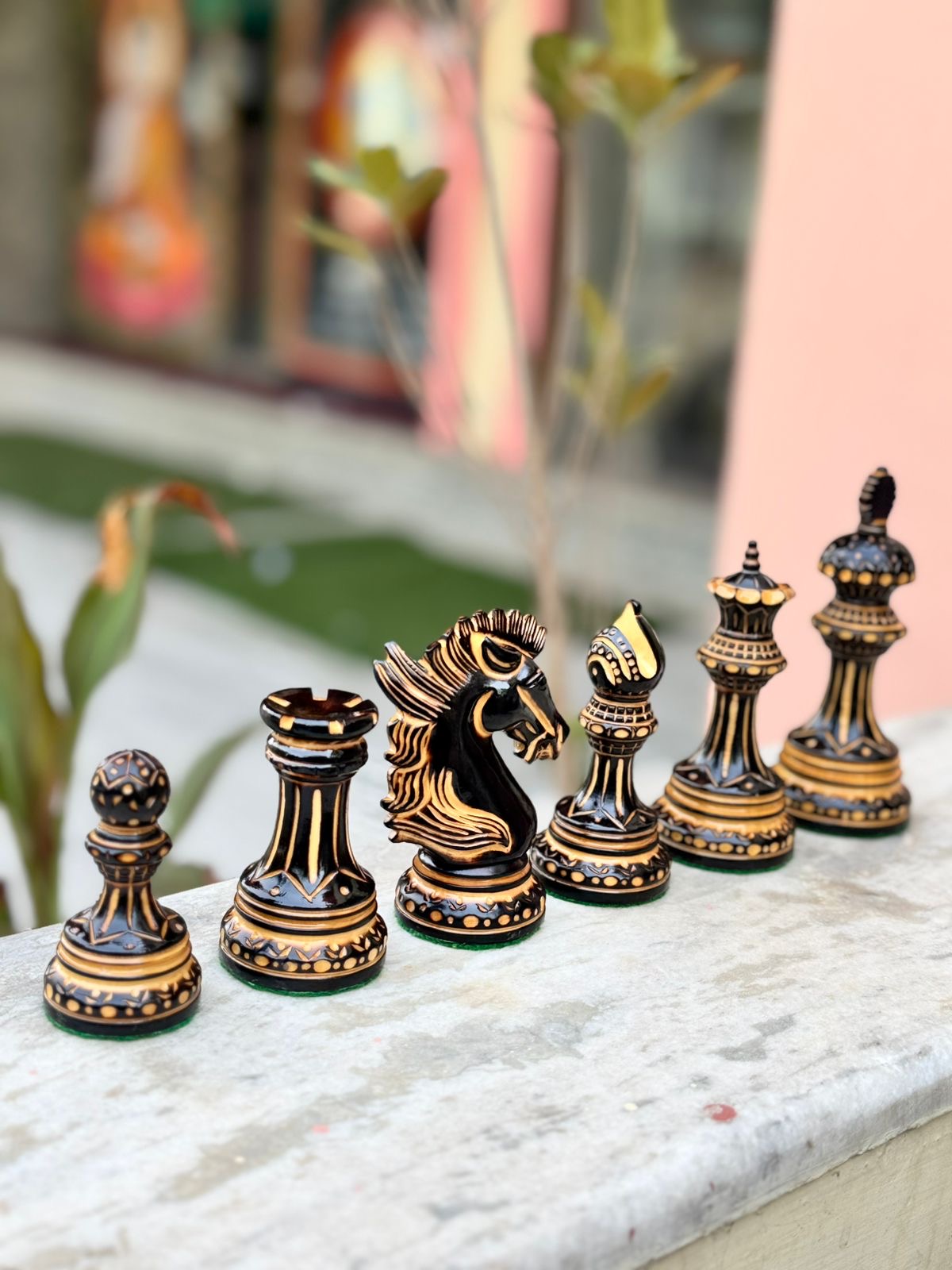

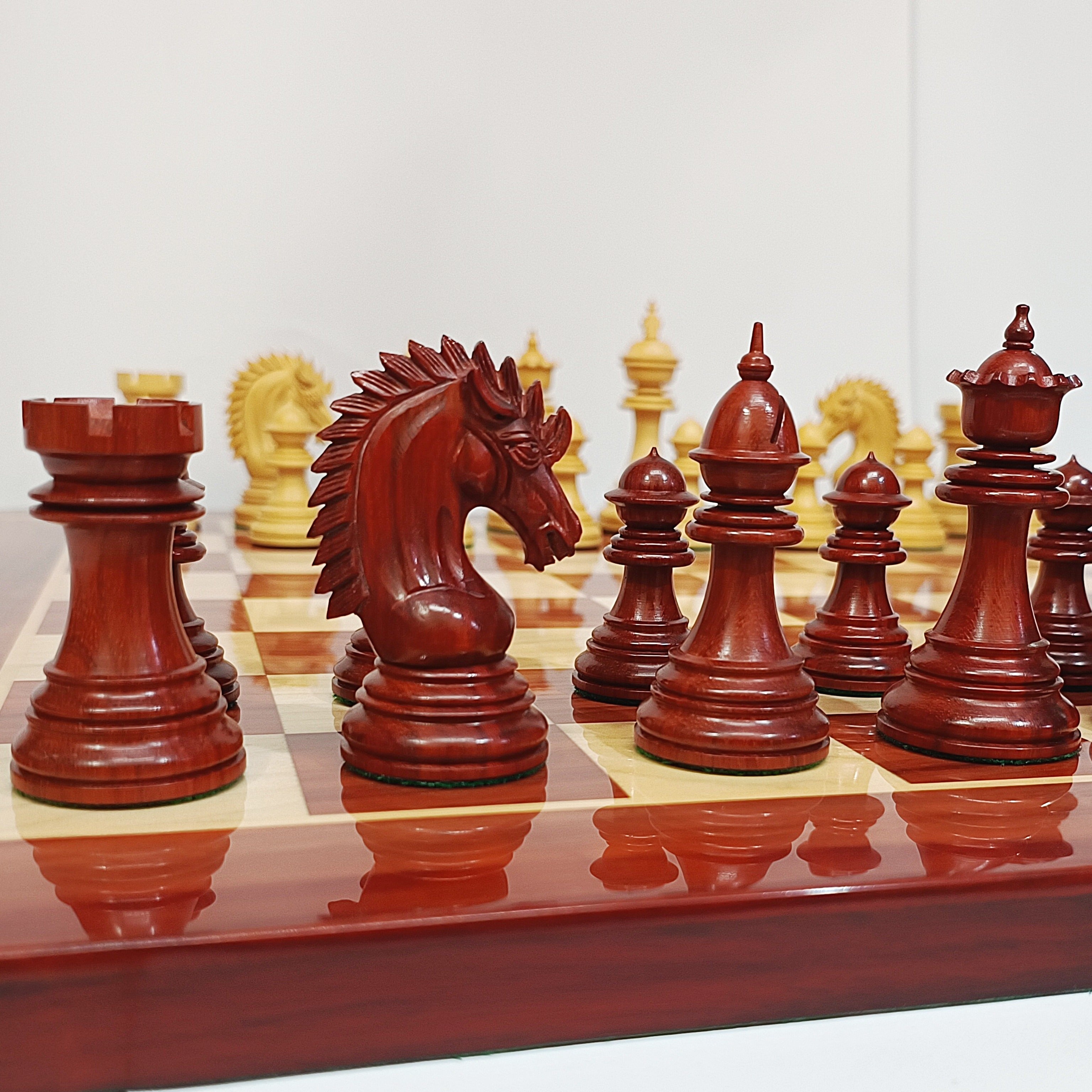
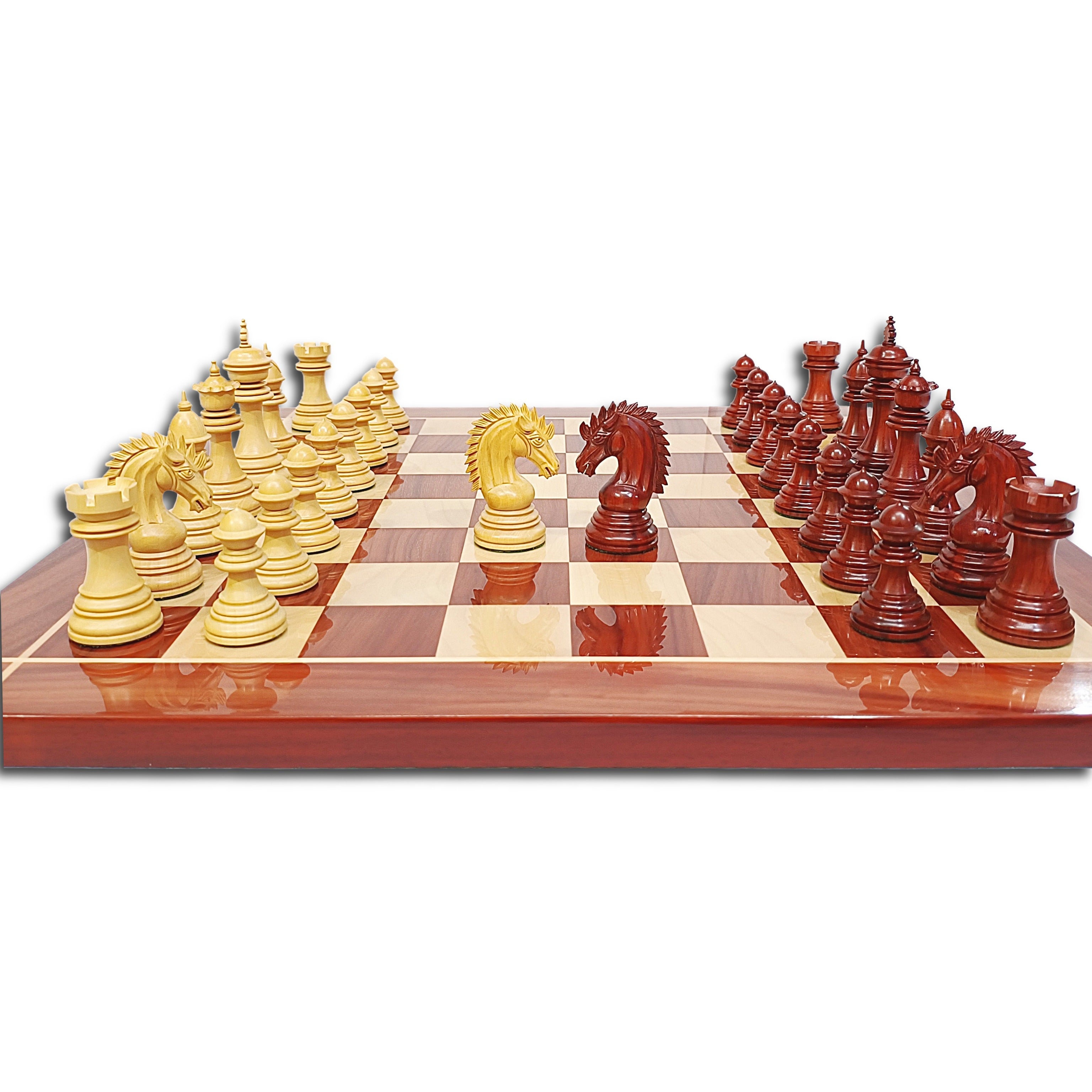

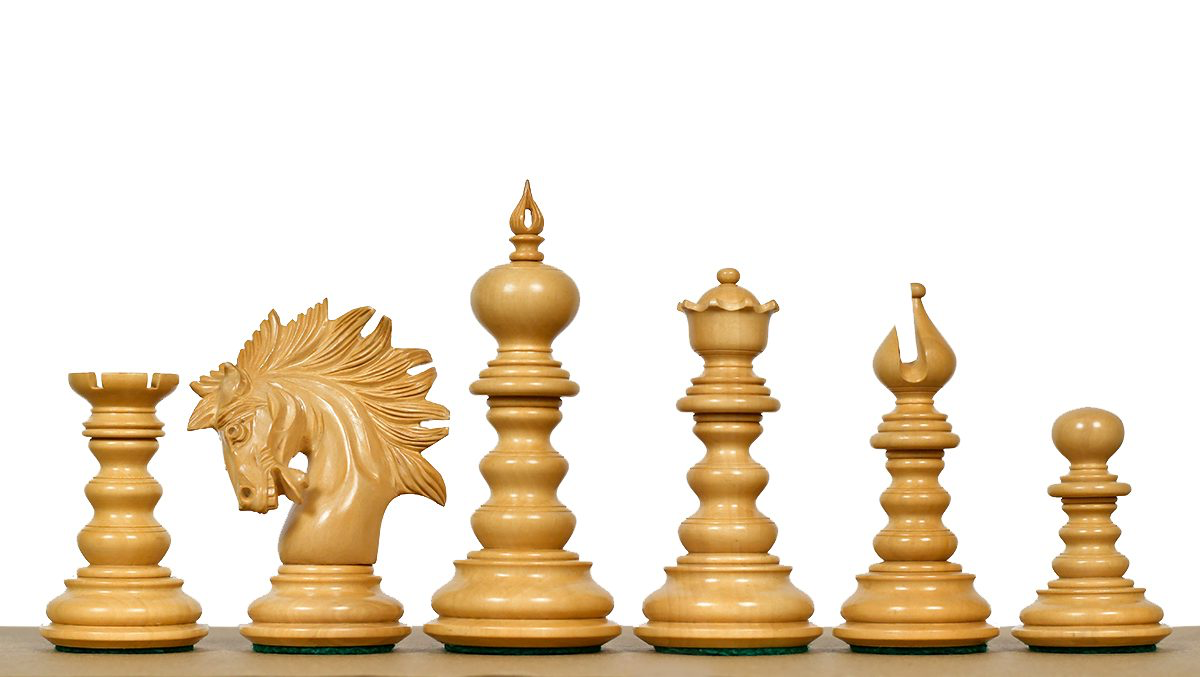
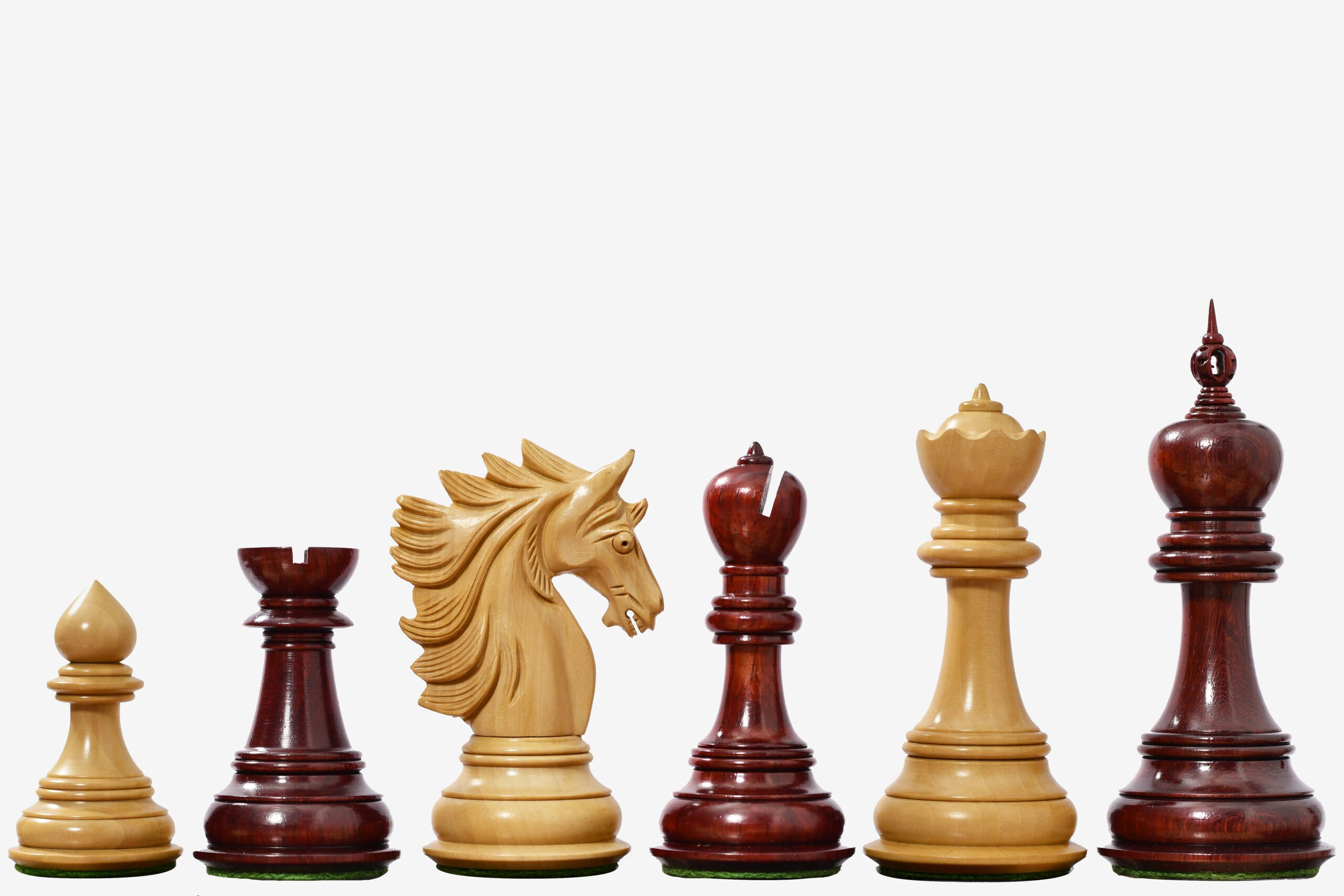
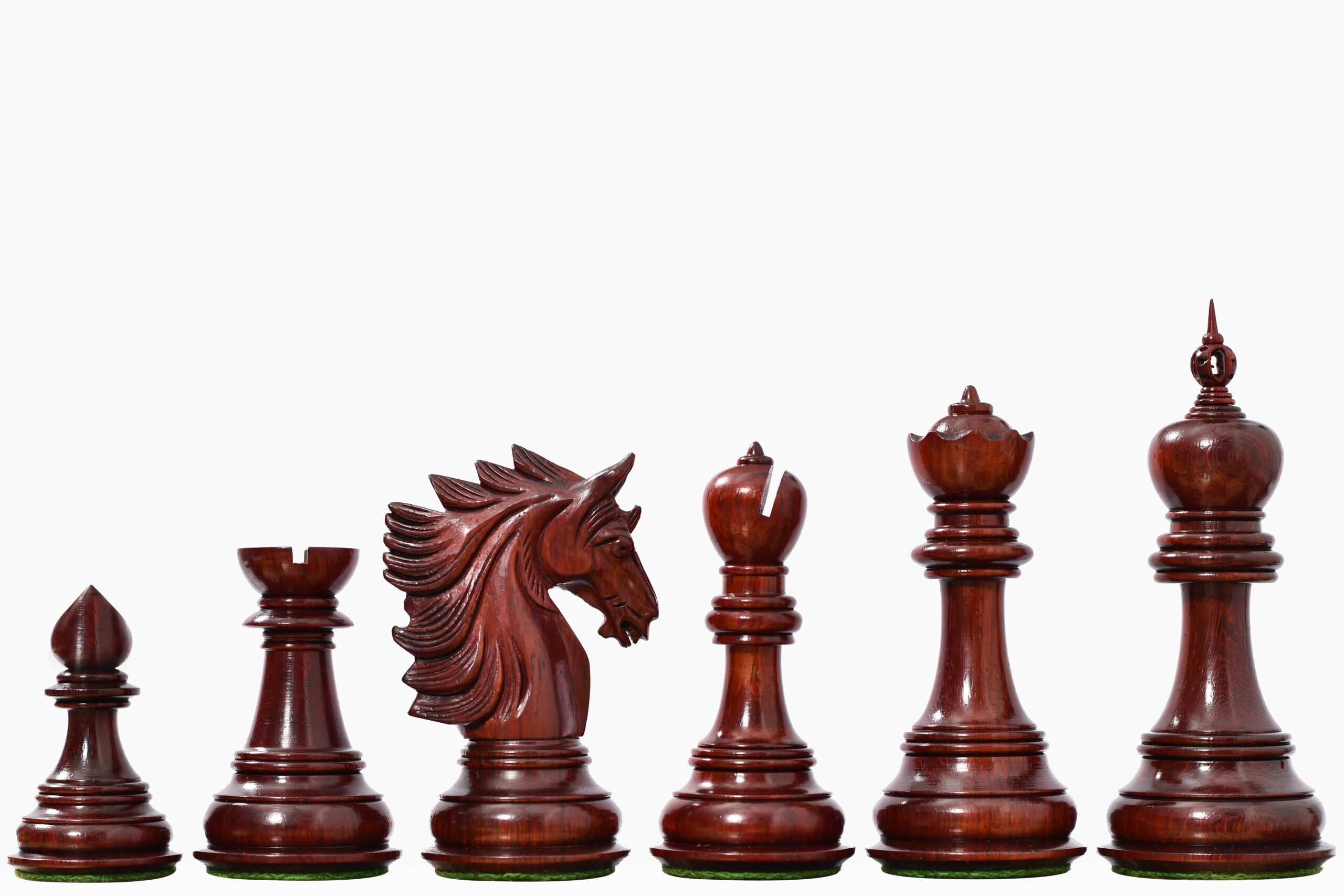
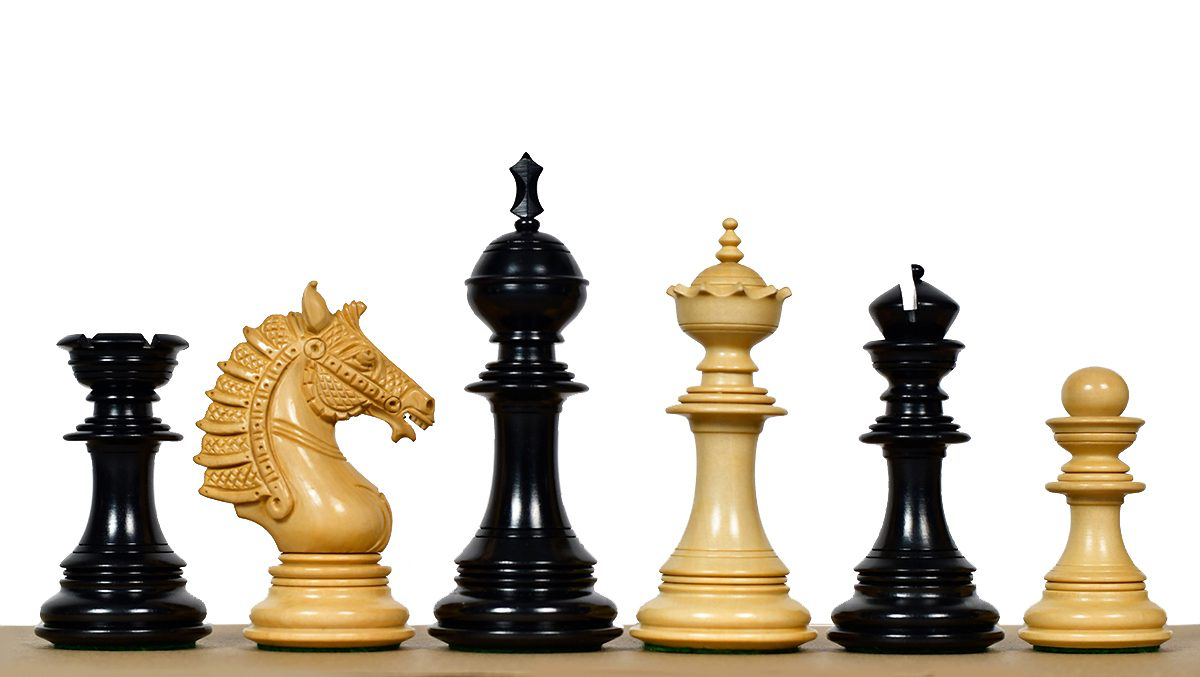
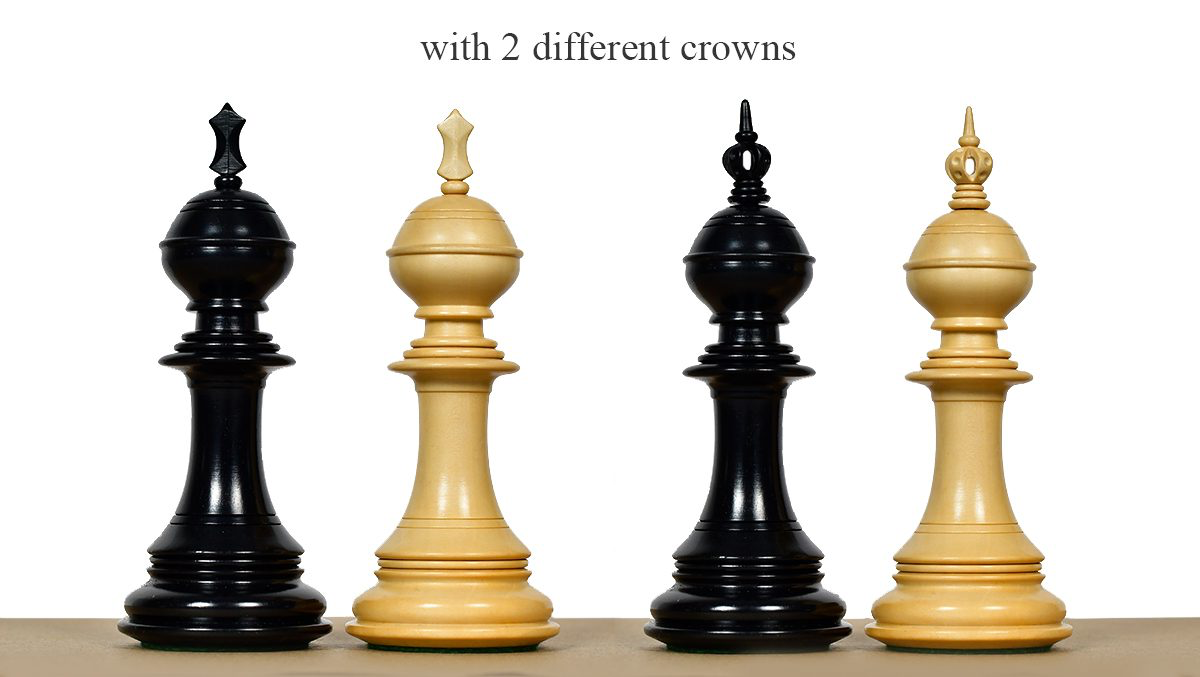
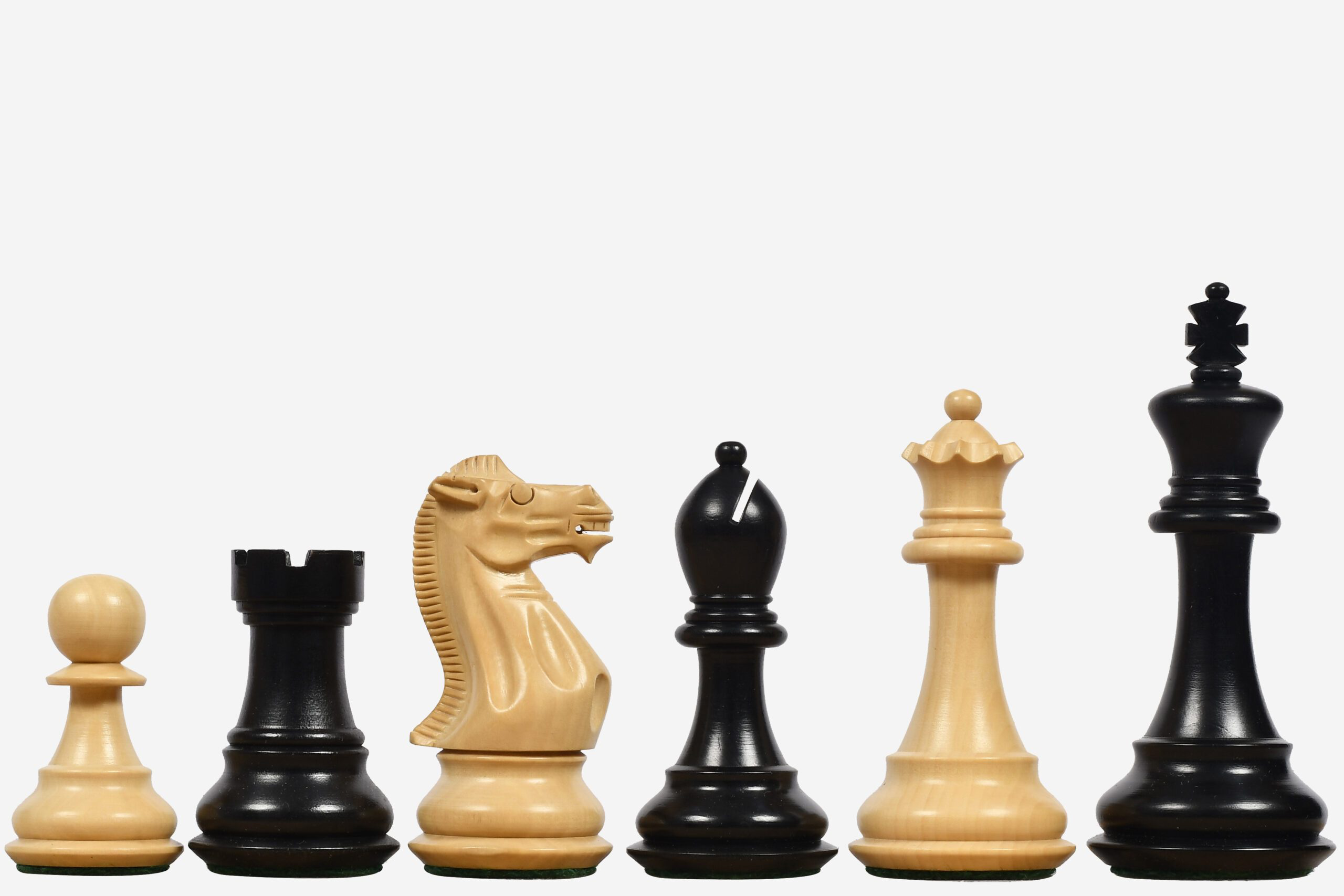
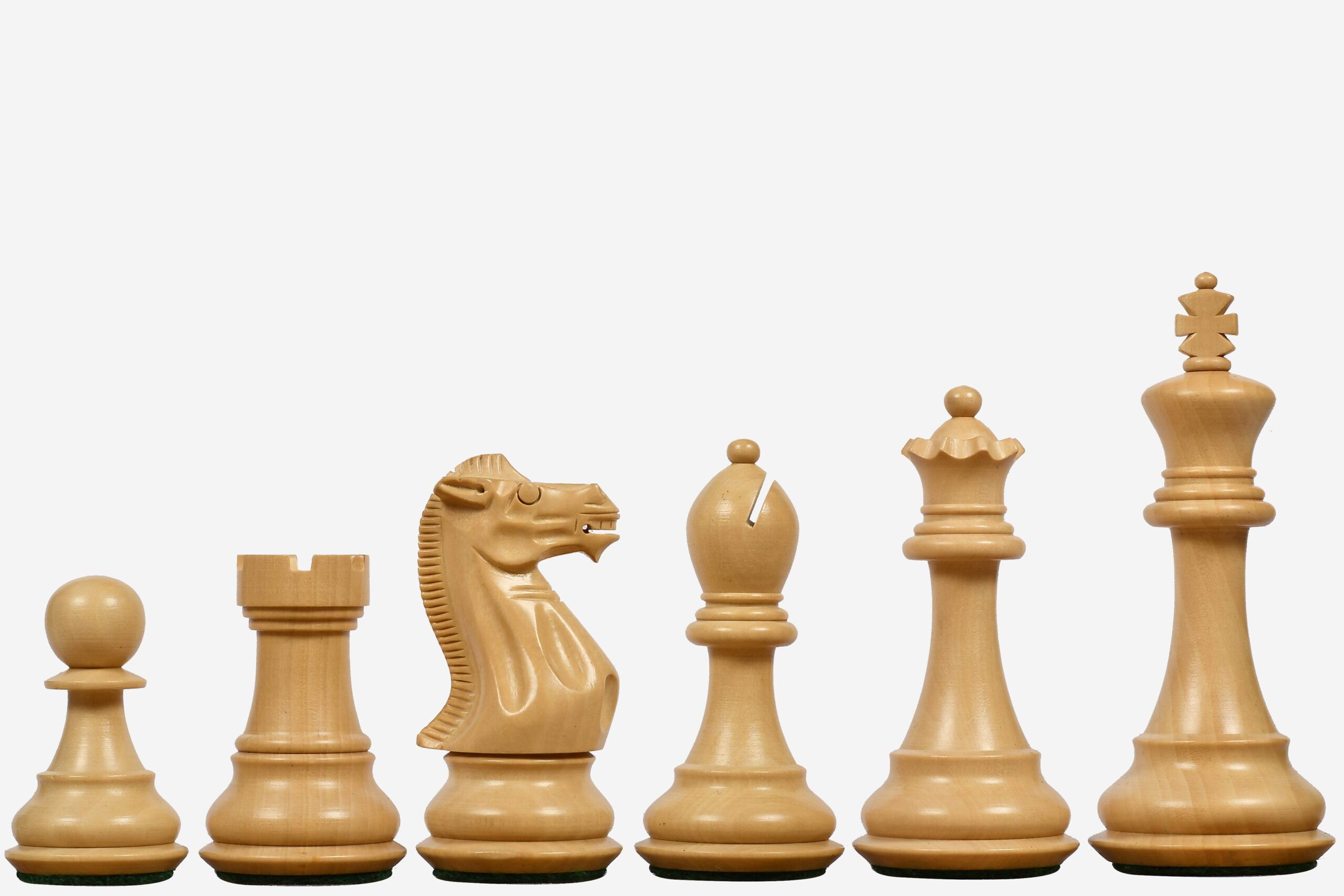
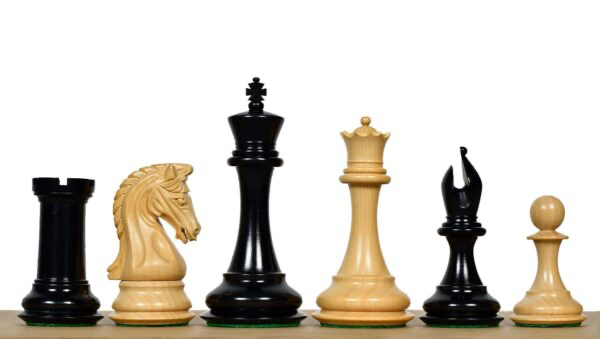
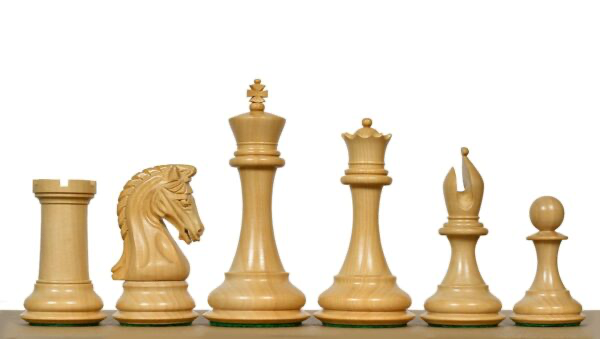
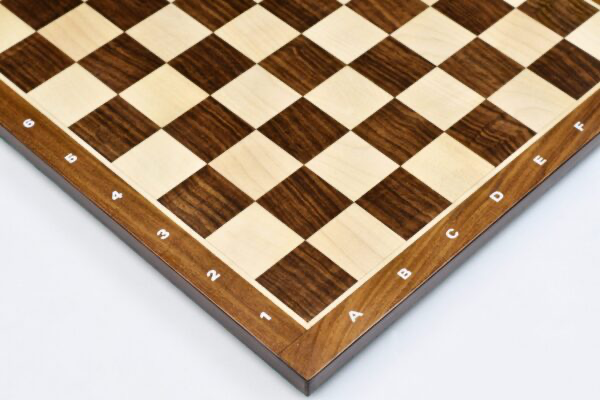
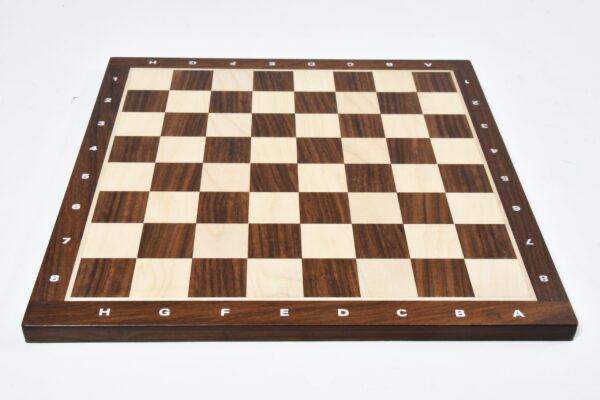
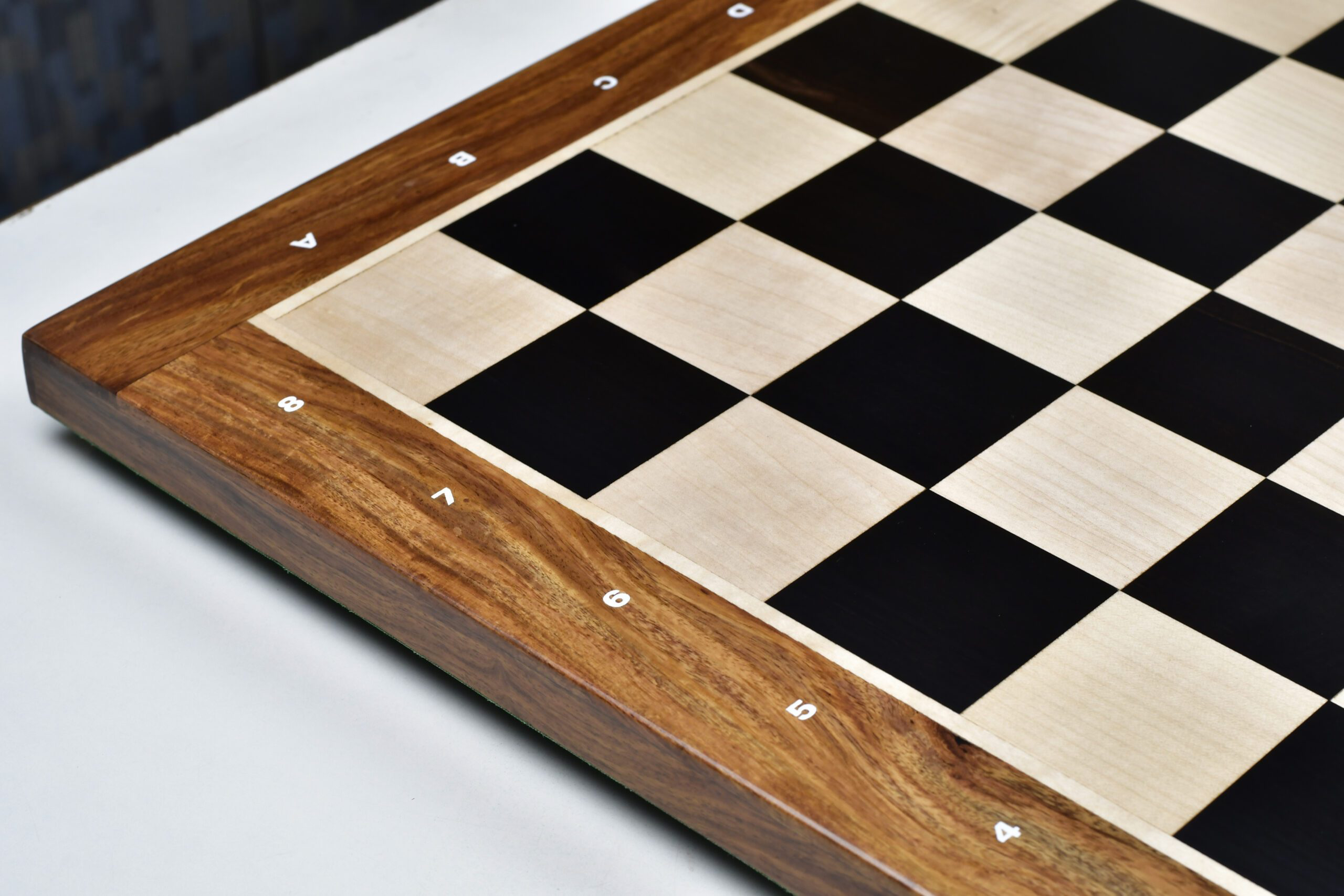
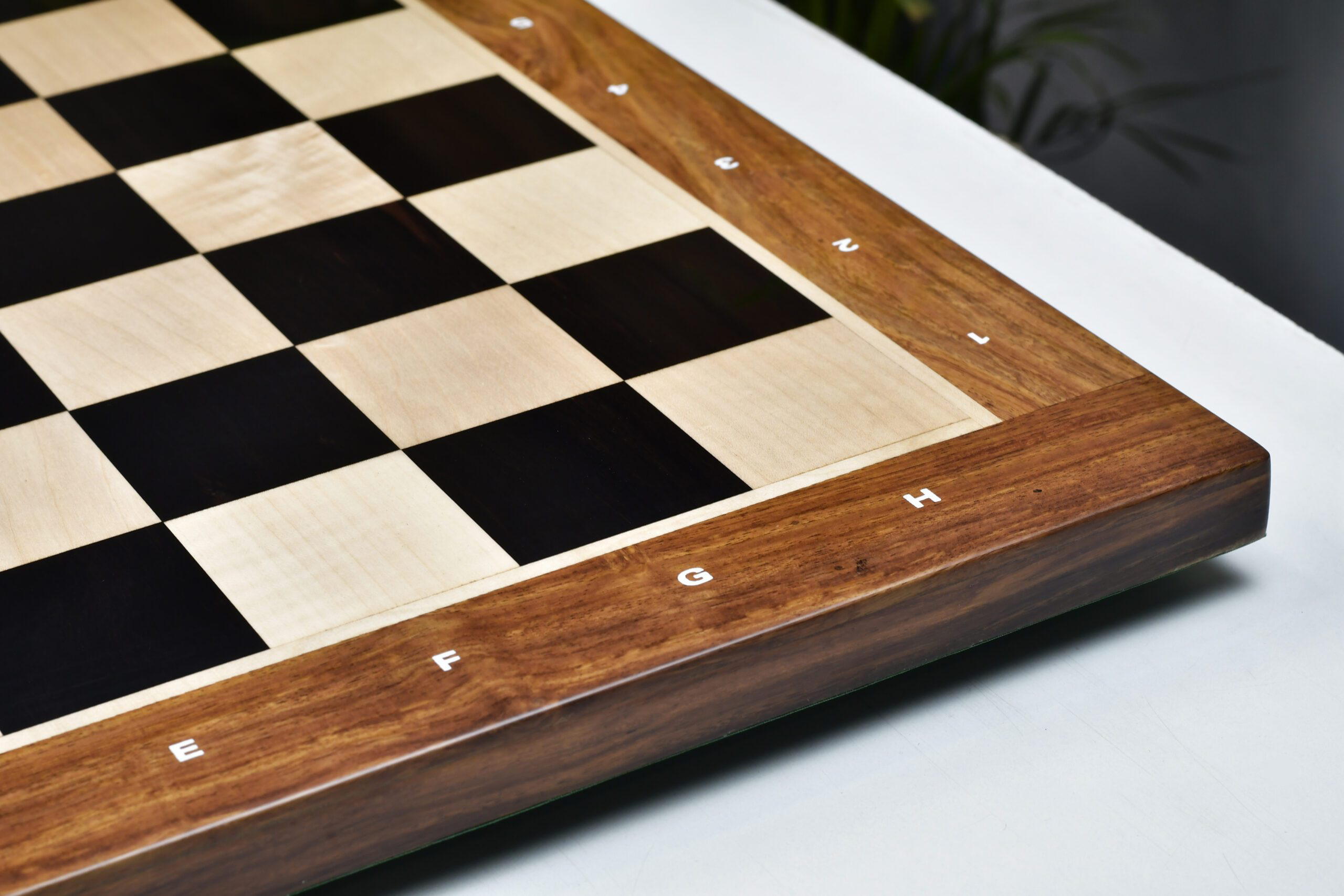


Leave a comment
All comments are moderated before being published.
This site is protected by hCaptcha and the hCaptcha Privacy Policy and Terms of Service apply.